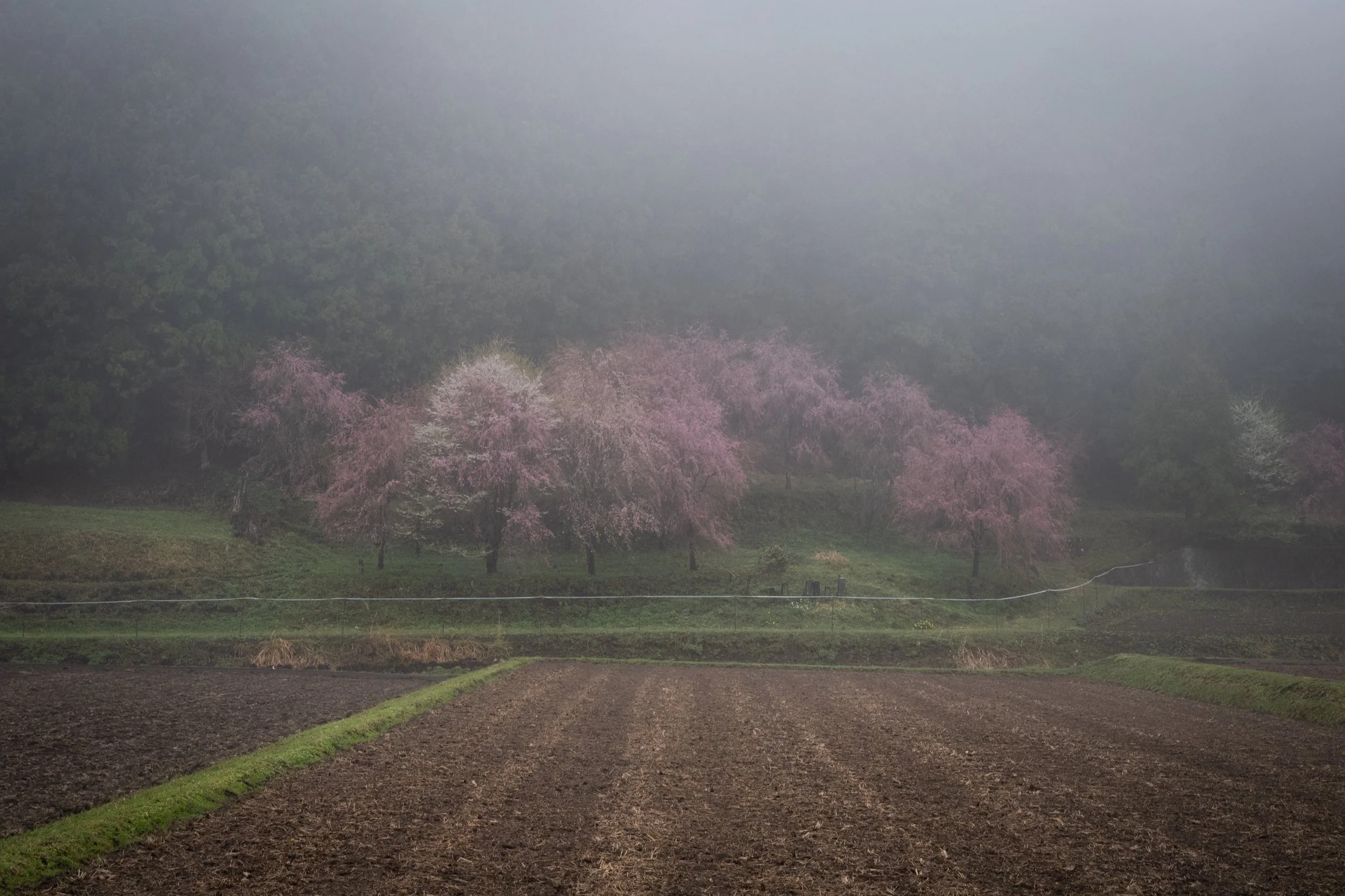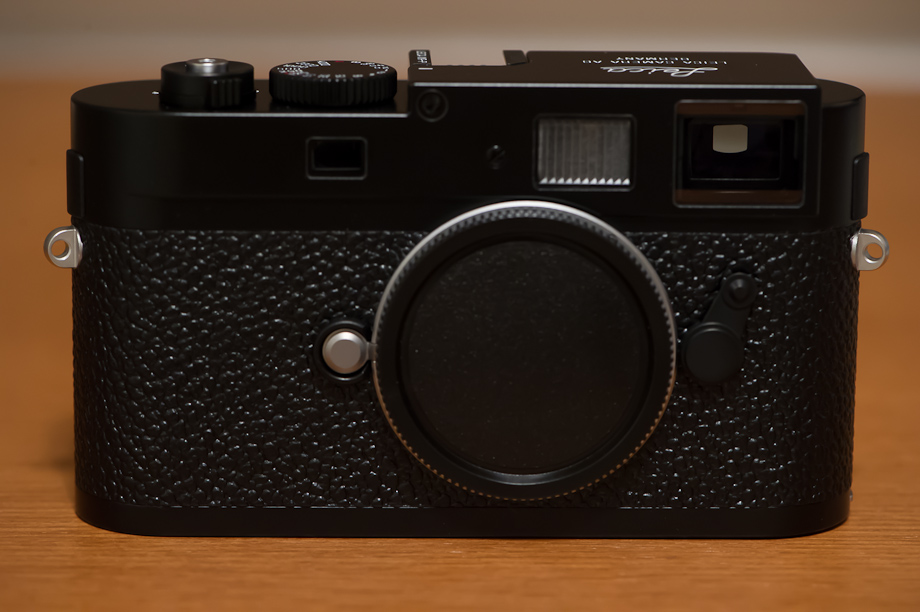Why I should always listen to my wife...
Sometimes I am reminded of why I should always listen to my wife... I love learning about photography. I love looking at and researching new equipment. Much like how I loved learning about building websites and using social media as a results of my photography. It is all of these aspects that make photography so enjoyable to me.
I have been thinking of getting a film camera for some time now. I have been considering a few different Leica film cameras; Leica M3, Leica M6 TTL, M7 and MP. I primarily wanted a Leica as I love my M9 and I didn't want to have to buy a new set of lenses.
The MP was my first choice as I simply love the look of the camera. The styling on it is so clean. It was a little too expensive for an initial film camera for me. I ended up going with a 1962 Leica M3. I was able to find one in very good condition both mechanically and visually. Amazing that a 50 year old camera looks this good!
This camera is as basic as it gets. It is 100% mechanical, batteries not required. No 'auto' anything. You set your ASA (ISO) with your film choice, and then manually set appropriate aperture on your lens and shutter speed on your camera for a proper exposure.
The M3 was the most successful Leica M Camera sold selling more than 220,000 units between 1954-1966. It completely took the market by storm completely changed what a 35mm camera could and should be. It set a completely new standard for excellence.
The M3 introduced so many firsts in the camera industry and for Leica but a couple of key ones for this camera are:
- M mount lenses which allowed for much faster changing of lenses.
- Significant improvements to the viewfinder with frame lines for 50mm, 90mm and 135mm that automatically change when you change the lens. You need to use an external viewfinder if you want to shoot 35mm or wider lenses.
The serial numbers on these started at 700,000. At 785,810 they added a frame selector so you could change your frame lines. At 844,001 they changed the films pressure plate from glass to metal. At 919,251 they changed it from double stroke to single stroke to forward the film and added a very simple depth of field cutout so you can see what is in focus at f/5.6 and f/16.
The serial numbers over 1,000,000 are the most desirable and collectable, especially if they are in good condition.
There is a great Camera Store called Popeye Camera near my house. They have been in business since 1936! They have a great selection of film for sale. Japan has a huge film culture and it is relativity easy to get anywhere in Tokyo. For Black and White I got TMAX in ASA 100 and 400 and Tri-X 400. For color I picked up Ektar 100 and Portra 400. I am completely new to film so I will happily take any recommendations you have.
I feel a bit like I am in a new world as I need to re-learn some terminology.
Film is fairly expensive, at least in Japan. A roll of TMAX ASA 100 is around 500 yen and it is 1,260 yen to develop into negatives. That brings the cost to 48 yen a picture, or 61 cents. That alone will slow you down to make sure you are focused on the shots you are taking.
I can't imagine I will print too much and if I do it will be a proper 'print'. For those I will use my the Master Printer Mitsuhiro Matsudaira to help me. I have used him for the prints I have sold in the past and his work is excellent.
I do want to be able to use my images digitally. I was so surprised how much they charge to scan your images for you. To scan a roll of 36 shots for the size I use here on ShootTokyo it would cost 7,800 yen! I ended up picking up a Epson GT-X970 that can scan 6400 dpi. Now I can scan them as big as I want anytime I want. It can scan a 35mm negative at 6400 dpi in about 1 minute and 20 seconds.
Now...as I was saying, I really liked the MP because of the styling. As I was weighing the options of which camera to buy with my wife (bless her heart) she said 'why don't you upgrade your Leica M9 to an M9-P since you like the styling and it's your primary camera and then you can get a 'cheaper' film camera'. She's a genius...
Leica just replaced my M9 so it is basically new. I was able to get Map Camera to give me the highest trade in value allowing me to upgrade to the MP-P for a very reasonable amount. The Leica M9 and M9-P are functionally the same camera. So what's different... There are three major differences; they have removed the iconic red Leica logo and M9 branding off of the front of the camera and replaced it with the more traditional engraving on the camera's top place. They updated the vulcanite leather grip and...
...and added a virtually unbreakable sapphire crystal LCD screen. I constantly have my M9 handing around my neck and I have always hated the fact the screen is constantly scraping again my jacket zipper. I am always putting those little plastic screen protectors on my M9 so it doesn't get scratched. They always come off. I just find the entire experience a bit frustrating. Now nothing to worry about! You can tell the Leica's with the sapphire screens by this little engraving centered in the bottom of the screen.
Street Legal and ready for action...
I already shot off a few rolls of film. I dropped them off at Popeye Camera and should have them back in a few days. Shooting film is interesting in the sense that I don't get the immediate gratification of seeing my images. I am looking forward to exploring the film side of photography...
Now Popeye has my film and I just wait...
One of the interesting things about shooting film this week is how back to basics I needed to go. I have no light meter so I was using my M9-P some times, I tried a couple of iPhone apps and even needed to remind myself of the Sunny 16 rule. I know we all already know it but let's review it anyways, you know just in case you are out shooting without an M9-P, or an iPhone and need a proper exposure.
The Sunny 16 rule is a simple guide to help you with setting exposure:
Step 1: Set your shutter speed equal to your film speed or ISO. In most cases the numbers aren't exact so just choose the closest number. i.e. If you are using ASA 100 film, set your shutter speed at 1/125 of a second.
Step 2: Set your aperture at f/16 (for a Full Sun day with sharp shadows). If there is some over case then you can use the following settings;
- f/11 slightly overcast/soft-edged shadows
- f/8 overcast/shadows barley visible
- f/5.6 heavy overcast/no visible shadows
Now that you have a proper exposure, now if you want to adjust your shutter speed you can and then you just need to adjust the aperture accordingly. OK, let's review full stops for a second:
Aperture: 1.4, 2, 2.8, 4, 5.6, 8, 11, 16, 22
Shutter Speed: 8 seconds, 4 seconds, 2 seconds, 1 second, 1/2 second, 1/4, 1/8, 1/15, 1/30, 1/60, 1/125, 1/250, 1/500, 1/1000
Let's see how this works: I am using ASA 100 film, my shutter speed is set to 1/125 of a second and my aperture if f/16 but I want to open up my aperture and shoot at f/5.6. If I leave all of the other setting the same my shot will be over exposed. What do I need to adjust my shutter speed to?
1/1000 will give me a proper exposure, so my camera should have settings of 1/1000 of a second, ASA 100 and f/5.6. If I wanted to shoot at f/22, I would need to set my shutter speed to 1/60 of a second.
If you need a little more detail on exposures check out my this post.
Thanks for stopping by today...


















